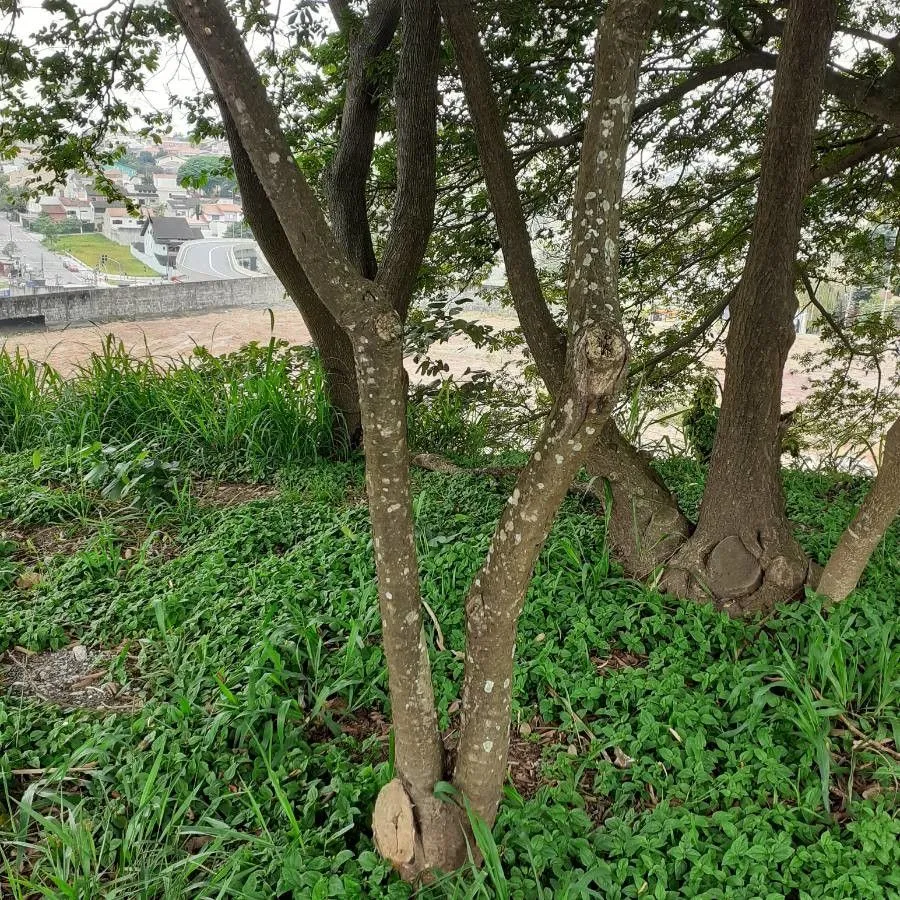
Author: Teas
Bibliography: Gard. Monthly & Hort. Advertiser 17: 181 (1875)
Year: 1875
Status: accepted
Rank: species
Genus: Catalpa
Vegetable: False
Observations: C. & E. U.S.A. to Utah
The Northern catalpa, scientifically known as Catalpa speciosa, is a majestic tree that has captivated horticulturists and nature enthusiasts alike since its formal documentation in 1875 by Teas. Native to the central and eastern regions of the United States, stretching as far west as Utah, this remarkable member of the Bignoniaceae family stands out with its distinctive characteristics and ecological contributions.
Renowned for its imposing stature, the Northern catalpa typically soars to a height of 40-60 feet, with some specimens reaching up to 100 feet. Its broad, irregular crown is adorned with large, heart-shaped leaves that can measure up to 12 inches in length. These vibrant green leaves provide ample shade, making the tree a popular choice for ornamental and landscape purposes.
One of the most striking features of the Northern catalpa is its showy, trumpet-shaped flowers. Blooming in late spring to early summer, these fragrant blossoms, usually white with yellow and purple markings, cluster together in panicles and create a visually arresting display. The flowers not only appeal to human observers but also attract pollinators such as bees and hummingbirds, thereby playing a crucial role in the local ecosystem.
Following the flowering period, the tree produces elongated, bean-like seed pods that can reach up to 20 inches in length. These pods, which hang from the tree well into winter, add an intriguing visual element and serve as an important food source for wildlife.
The Northern catalpa is well-adapted to a variety of soil conditions, although it thrives best in moist, well-drained environments. Its hardiness and rapid growth rate render it a resilient addition to urban settings where it can serve as both an aesthetic and environmental asset.
In summary, Catalpa speciosa is not only a botanical marvel but also a vital component of its native ecosystems. Its towering presence, lush foliage, captivating flowers, and ecological benefits underscore its significance and make it a cherished species among both botanists and gardeners.
Eng: northern catalpa
En: Northern catalpa, Catawbatree, Indian Bean
Fi: Loistotrumpettipuu
Taken Jun 22, 2021 by Jacques Servas jacques (cc-by-sa)
Taken Aug 2, 2021 by maya pie (cc-by-sa)
Taken Aug 24, 2022 by Janna Fortino (cc-by-sa)
Taken Nov 1, 2022 by Trap Hers (cc-by-sa)
Taken Jul 4, 2022 by Fernández Cruz (cc-by-sa)
Taken Jul 1, 2022 by Byron Grimlock (cc-by-sa)
Taken Jun 23, 2022 by Svetlana (cc-by-sa)
Taken Nov 1, 2022 by Trap Hers (cc-by-sa)
Taken Nov 1, 2022 by Trap Hers (cc-by-sa)
Taken Jun 1, 2022 by Tarja Tretinjak (cc-by-sa)
Taken Jan 22, 2020 by Macedo Lucas (cc-by-sa)
Taken Jun 16, 2022 by Victor Mella (cc-by-sa)
Taken Jun 16, 2022 by Victor Mella (cc-by-sa)
Taken Oct 24, 2021 by jimmysong (cc-by-sa)
Taken Jun 30, 2022 by Justine Wing (cc-by-sa)
Taken Apr 25, 2018 by Dieter Albrecht (cc-by-sa)
Taken Sep 19, 2022 by Greg Bolendos (cc-by-sa)
Taken Apr 4, 2021 by SASTRE Isern (cc-by-sa)
Taken Jun 16, 2022 by Victor Mella (cc-by-sa)
Taken Oct 24, 2021 by jimmysong (cc-by-sa)
Taken Mar 9, 2021 by Manuel Madrid (cc-by-sa)
Taken Sep 19, 2022 by Greg Bolendos (cc-by-sa)
Taken Apr 4, 2021 by SASTRE Isern (cc-by-sa)
Taken Jul 17, 2022 by huy HO (cc-by-sa)
© copyright of the Board of Trustees of the Royal Botanic Gardens, Kew.
© copyright of the Board of Trustees of the Royal Botanic Gardens, Kew.
© copyright of the Board of Trustees of the Royal Botanic Gardens, Kew.
Growth form>: Single Stem
Growth habit>: Tree
Growth rate>: Rapid
Ph maximum: 7.0
Ph minimum: 5.5
Family: Myrtaceae Author: (F.Muell.) K.D.Hill & L.A.S.Johnson Bibliography: Telopea 6: 402 (1995) Year: 1995 Status:…
Family: Rubiaceae Author: Pierre ex A.Froehner Bibliography: Notizbl. Bot. Gart. Berlin-Dahlem 1: 237 (1897) Year:…
Family: Sapindaceae Author: Koidz. Bibliography: J. Coll. Sci. Imp. Univ. Tokyo 32(1): 38 (1911) Year:…
Family: Asteraceae Author: A.Gray Bibliography: Pacif. Railr. Rep.: 107 (1857) Year: 1857 Status: accepted Rank:…
Family: Fabaceae Author: Medik. Bibliography: Vorles. Churpfälz. Phys.-Ökon. Ges. 2: 398 (1787) Year: 1787 Status:…
Family: Aspleniaceae Author: (Cav.) Alston Bibliography: Bull. Misc. Inform. Kew 1932: 309 (1932) Year: 1932…